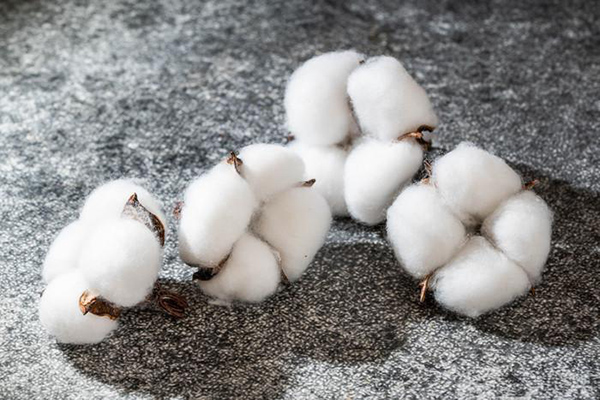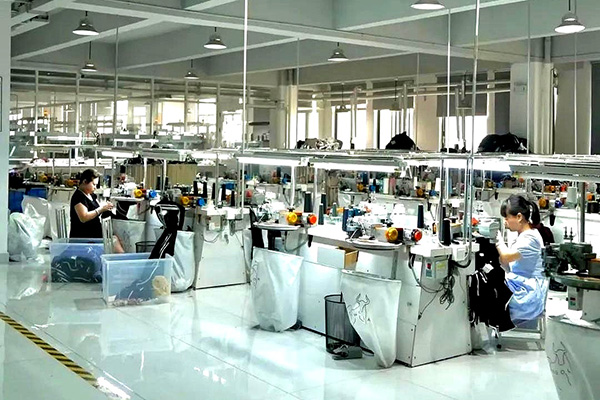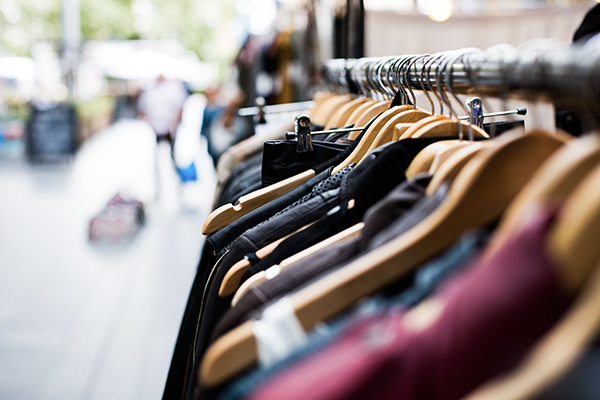Your Current Position: NEWS
-
2025-07-101. Breathable fibers: Excellent moisture absorption (8% -10%), capable of absorbing 25% of one's own weight of moisture, dry and non stick when worn in summer, and warm and non stuffy when worn in winter. 2. Skin friend: The fiber surface is naturally curled, forming a small cushion when in contact with the skin, reducing friction, and sensitive skin can wear it with peace of mind. 3. Durable Warrior: The dry strength is equivalent to that of human cotton, but the wet strength only decreases by 10% -20%. After multiple washes, it can still maintain its firmness, and its service life far exceeds that of synthetic fibers.
-
60S/3 is a line consisting of 60 legs and 3 shares And 60S/4 refers to 60 pieces with 4 strands. Generally, 60S/3 is more commonly used on clothes, while 4 strands are rarely used The English for polyester core thread is: POLY/POLY CORE SPUN SEWING THREE. Generally, core thread is a high-end thread that is relatively expensive in price. Japanese customers prefer to use long thread, while European customers prefer to use core thread. Both long thread and core thread are top-quality sewing threads. Strictly speaking, the thickness of the fabric varies depending on the specifications of the thread, and different parts of the clothing also require different specifications of thread But generally, those who don't have strict requirements don't pay much attention to this aspect, the key is to look at the value of the clothing
-
Many of the current textile product standards in our country are products of the planned economy system, and the standard system formed is mainly based on product standards divided by raw materials or processes, mainly including cotton textile printing and dyeing, wool textiles, linen textiles, silk products, knitwear, ribbon, synthetic fibers, and color woven fabrics. Standards are also established based on their intended use, but the proportion is extremely small. In addition to performance indicators, the standard also includes inspection rules such as factory inspection, type inspection, and retesting, forming a standard chain for various raw material products, including "yarn natural fabric printed and dyed fabric".
-
The adoption rate of textile standards ranks first, and the basic standards are in line with international standards. According to statistics from relevant national departments, the domestic average adoption rate for international standards is about 44%, while the adoption rate for textiles is 80%. There are over 280 standards related to textiles and clothing in ISO. The textile industry has conducted research on these international standards and has adopted or included them in annual adoption plans to varying degrees. In addition to adopting international standards, advanced foreign countries' standards such as American standards, British standards, German standards, and Japanese standards have also been adopted to varying degrees. Especially the basic and universal terminology standards and method standards have basically






